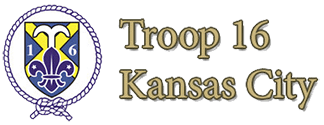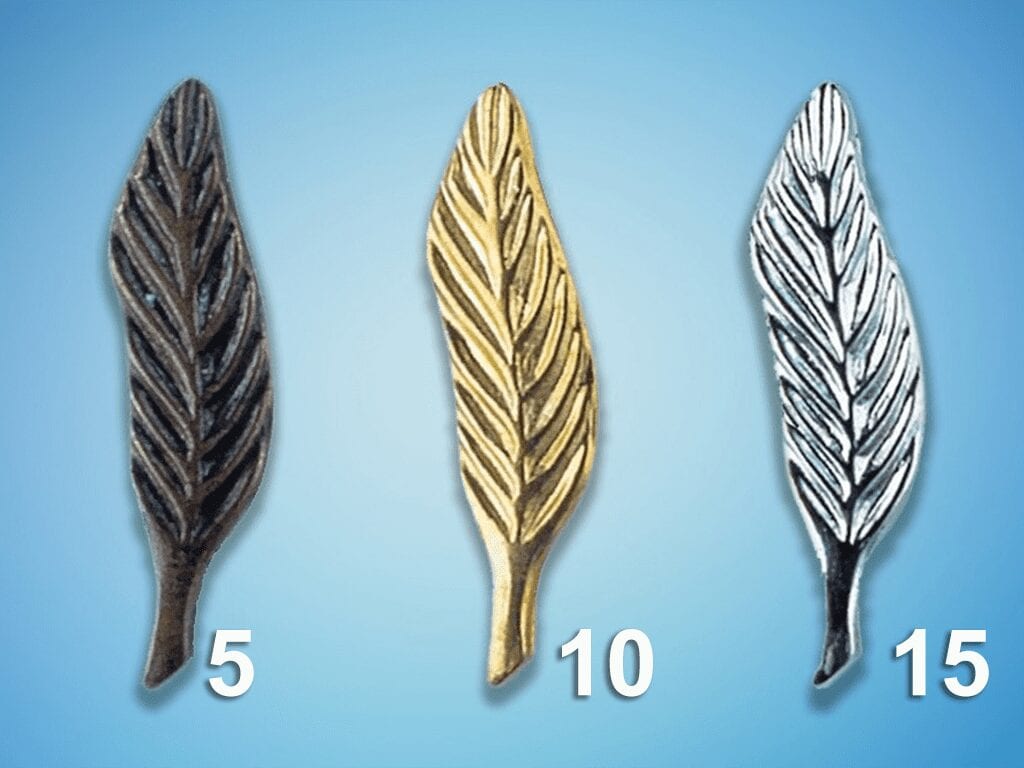Eagle Project Resources
CONGRATULATIONS!
You have reached the rank of Life Scout, and you have successfully met numerous requirements, demonstrated leadership and service. You are now on the home stretch to the rank of Eagle Scout. Just like advancement through other ranks, advancing to the rank of Eagle Scout requires continued participation, Scout spirit, merit badge completion and positions of responsibility. You will also be required to plan, develop and execute your own service project. This page provides a summary of the path ahead. Don’t forget, your Troop and its leadership are rooting hard for you! If you have any questions, please contact the Troop 16 Eagle Project Advisor or Scoutmaster.
STEP-BY-STEP CHECKLIST
- Become a Life Scout.
- Earn 21 merit badges (soon to be 22 with the new Eagle-required Diversity & Inclusion merit badge). Of the 21 total merit badges, 13 are specifically required to earn the Eagle rank, and the remaining 8 are up to the Scout’s choosing. For more info, click here.
- Complete at least 6 months in a leadership role as a Life Scout.
- Contact your Eagle Scout Project Advisor to discuss your idea(s) for your project. Projects can benefit any religious institution, any school, or your community. The term “community” is defined as the “Community of the World”. Please review the restrictions in the tiles at the right. This meeting can be completed over Zoom with 2-deep leadership in place.
- Track your hours. Remember to track your time and that of those whom assist you (all person-hours). This includes meeting with your Eagle Project Advisor, beneficiary, Unit Leader as well as the time spent by you and your volunteers on the project workday(s).
- Download the latest Project Workbook, which is now a fillable Microsoft Word document. Remember to save your work!
- Prepare your Project Proposal. The pages you need are in the first section of Project Workbook.
- BEFORE YOU SCHEDULE OR START YOUR PROJECT WORKDAY, YOU MUST OBTAIN APPROVAL ON YOUR PROJECT PROPOSAL. There are 5 signatures required before you can move on or start your project — (1) your own, (2) Unit Leader/Scoutmaster, (3) Beneficiary, (4) Unit Committee Chair, and (5) Council or District Approval. You cannot start a project without District Approval. Ordinarily, Scouts are required to present the Project Proposal at one of the monthly Three Trails District Roundtable Meetings (held the first Thursday of every month @ 7pm); however, due to COVID-19, approval and signatures may be obtained electronically.
- Prepare your Eagle Scout Project Plan. This is also in the Project Workbook, this is a Microsoft Word document which you can fill out. This section will help you plan tasks for your service day(s) and assist you fundraising and budgetary planning.
- Send out requests for letters of reference. You will need a letter from 6 individuals, 5 if not employed: (1) a parent or guardian, (2) a pastor or other religious figure, (3) a teacher or administrator involved in your education, (4) an employer, if applicable, (5) a reference of your choosing #1, and (6) a reference of your choosing #2. Letters received should not be shown or delivered to Scouts. Instead, they should be sent directly to the Scoutmaster via email or US Mail. You may want to include an addressed and stamped envelope along with your request.
- Schedule and carry out your Eagle Scout Service Project. Once your Project Proposal is fully approved, you may schedule and carry out your project.
- Complete the Project Report. This is the final section in the Project Workbook. There are 3 signatures required on the completed Project Report: (1) your signature, (2) your Beneficiary’s signature — for the 2nd time — and (3) your Unit Leader’s signature. Again, electronic signatures are acceptable.
- Download and complete the Eagle Scout Rank Application. This is a fillable PDF document, and you can find the required information, such as the date you joined Scouts BSA and your merit badge completion dates, in Scoutbook. At this time, the application requires signatures from the following people and in this order: (1) you, (2) your Unit Leader/Scoutmaster, (3) your Unit Committee Chair, (4) Heart of America Council Representative. The Board of Review Chair and District Representative signatures will be added following your Eagle Scout Board of Review. Again, electronic signatures are acceptable.
- Complete your Ambitions Statement. This is sometimes overlooked, but it is an Eagle requirement in the Scout Handbook: In preparation for your Board of Review, prepare and attach to your Eagle Scout Rank Application a statement of your ambitions and life purpose and a listing of positions held in your religious institution, school, camp, community or other organizations, during which you demonstrated leadership skills. Include honors and awards received during the service.
- Schedule a Scoutmaster Conference. The conference can be conducted in-person with appropriate social distancing measures in place, or if you prefer, it can be conducted over Zoom. Please allow 45-60 minutes and bring/send all materials above. You and your Scoutmaster will review all paperwork and make sure you are all set for your Board of Review.
- Ask your Scoutmaster to write a letter of reference. While not officially required by Scouts BSA, this is the Troop 16 way.
- Optional — inform your Scoutmaster of any particular leader(s) you would like on your Board of Review. This is not an official Scouts BSA requirement, and Troop 16 leaders are happy to select an excellent Board of Review for you. However, if you feel a particular leader was influential or helped you earn the Rank of Eagle, we want to offer you the opportunity to invite them to participate in your Eagle Board of Review.
- Schedule and complete your Eagle Board of Review. This is completed with two weeks of the Scoutmaster Conference.
- Obtain signature from your Eagle Board of Review Chair on your Eagle Rank Application. This is done at the Eagle Board of Review.
- Obtain signature from District or Council Representative on your Eagle Rank Application. Sometimes a representative is able to attend your Eagle Board of Review. If so, you can obtain signature at that time, if not, turn in your completed materials and application to the Eagle Scout Advisor or Scoutmaster for submission at the next District Roundtable.
- Await signature from the Scout Executive on your Eagle Rank Application. Once District or Council signature has been provided, your Eagle Scout Rank Application will be forwarded on for Scout Executive review and signature. Upon final approval, your certificate will be mailed to you using the address you provide.
- You are an Eagle Scout upon completing your Eagle Board of Review. The next Eagle Court of Honor will be scheduled when we have at least 3 (but no more than 5) Eagle Scouts who have completed their Eagle Board of Review.
Project Restrictions
No Routine Labor
Routine Labor is not appropriate
This might be defined as a job you provide as part of your daily life, or routine maintenance normally performed by the beneficiary – e.g. pulling weeds or raking leaves at your school.
No Commercial Benefit
Projects cannot be of a commercial nature
While projects may not be of a commercial nature, this is not meant to disallow work for community institutions, such as museums and service agencies (e.g. homes for the elderly, homeless, etc.).
No Fundraiser Projects
Your project cannot be a fundraiser
A project may not be a fundraiser. In other words, it may not be an effort that primarily collects money, even for a worth charity. Fundraising is permitted only for securing materials and facilitating a project.
No Dual Credit
Only 1 Scout receives credit
No more than one Eagle Scout candidate may receive credit for working on the same Eagle Scout project.
No BSA Beneficiaries
No BSA Beneficiaries
Projects must not be performed for the BSA or its councils, districts, units or properties.
WHAT HAPPENS AFTER EAGLE?
We want (and need) you to stick around! There are so many great opportunities for continued leadership in Troop 16, not mention a few fringe benefits — camping with other Eagle Scouts, camp chair and food upgrades on campouts, and of course, the opportunity to earn Eagle Palms.

